Juno Mission to make a close approach to Jupiter’s moon
The Juno probe is heading towards Europa, one of Jupiter’s moons, which reportedly has more water than Earth. Here's what scientists say.
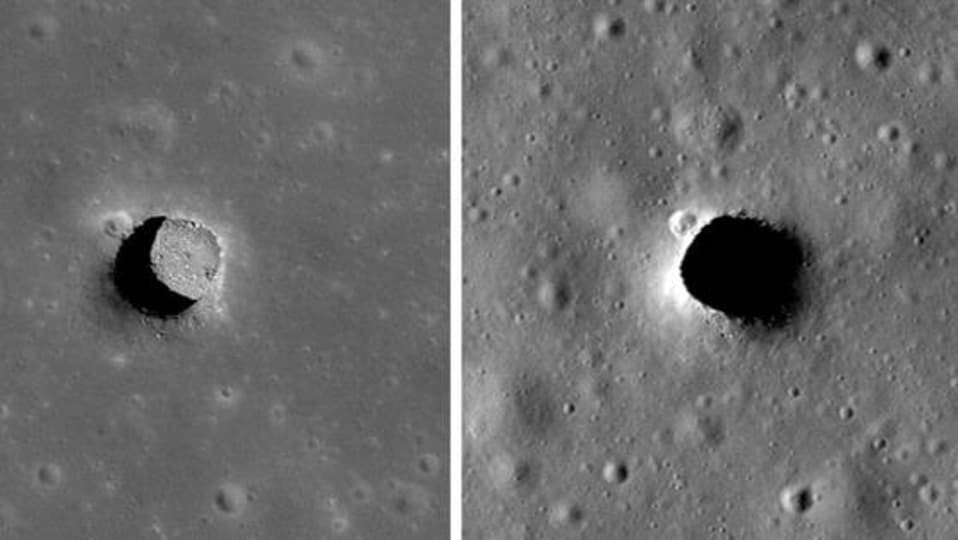
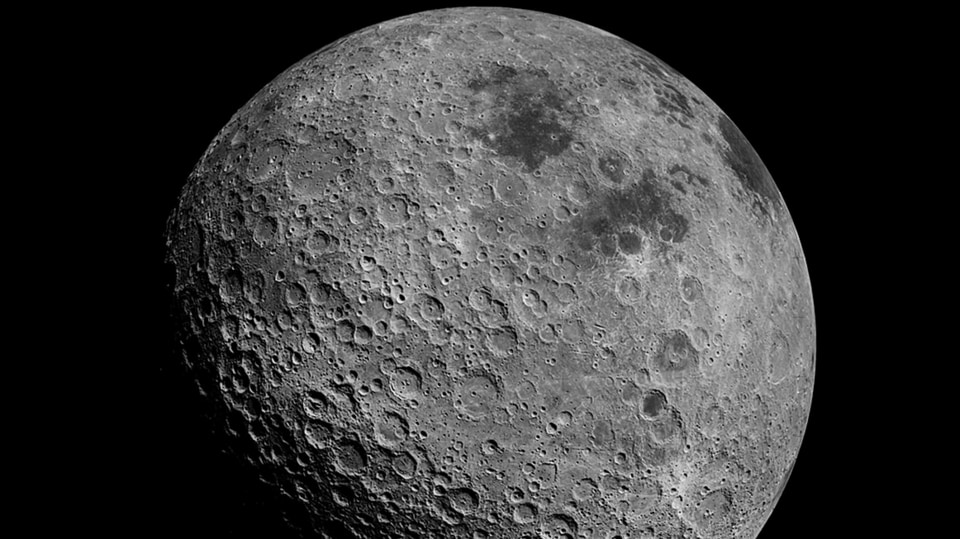
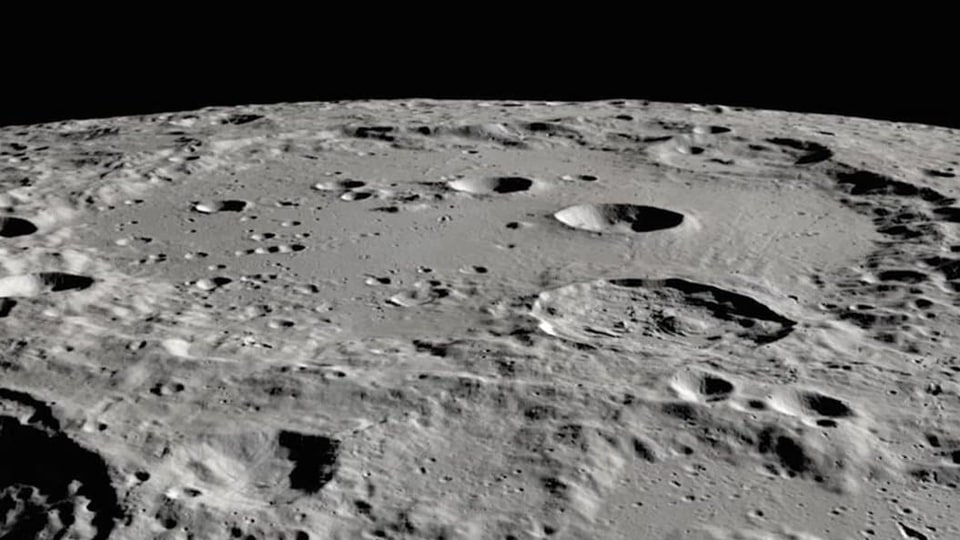
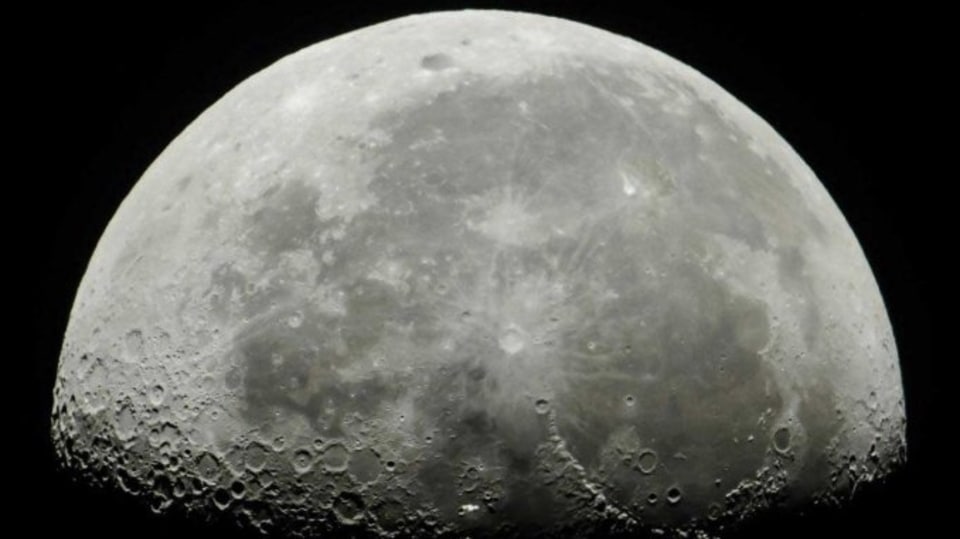
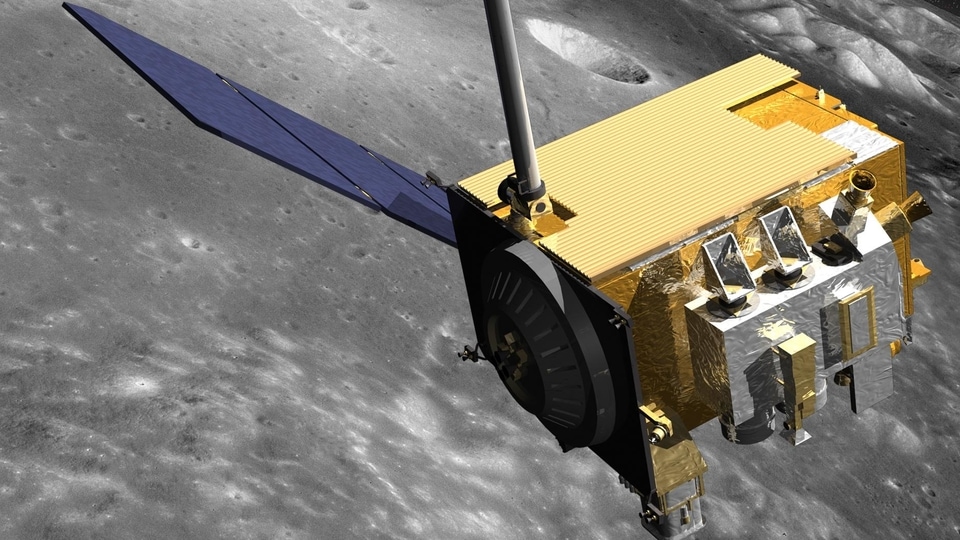

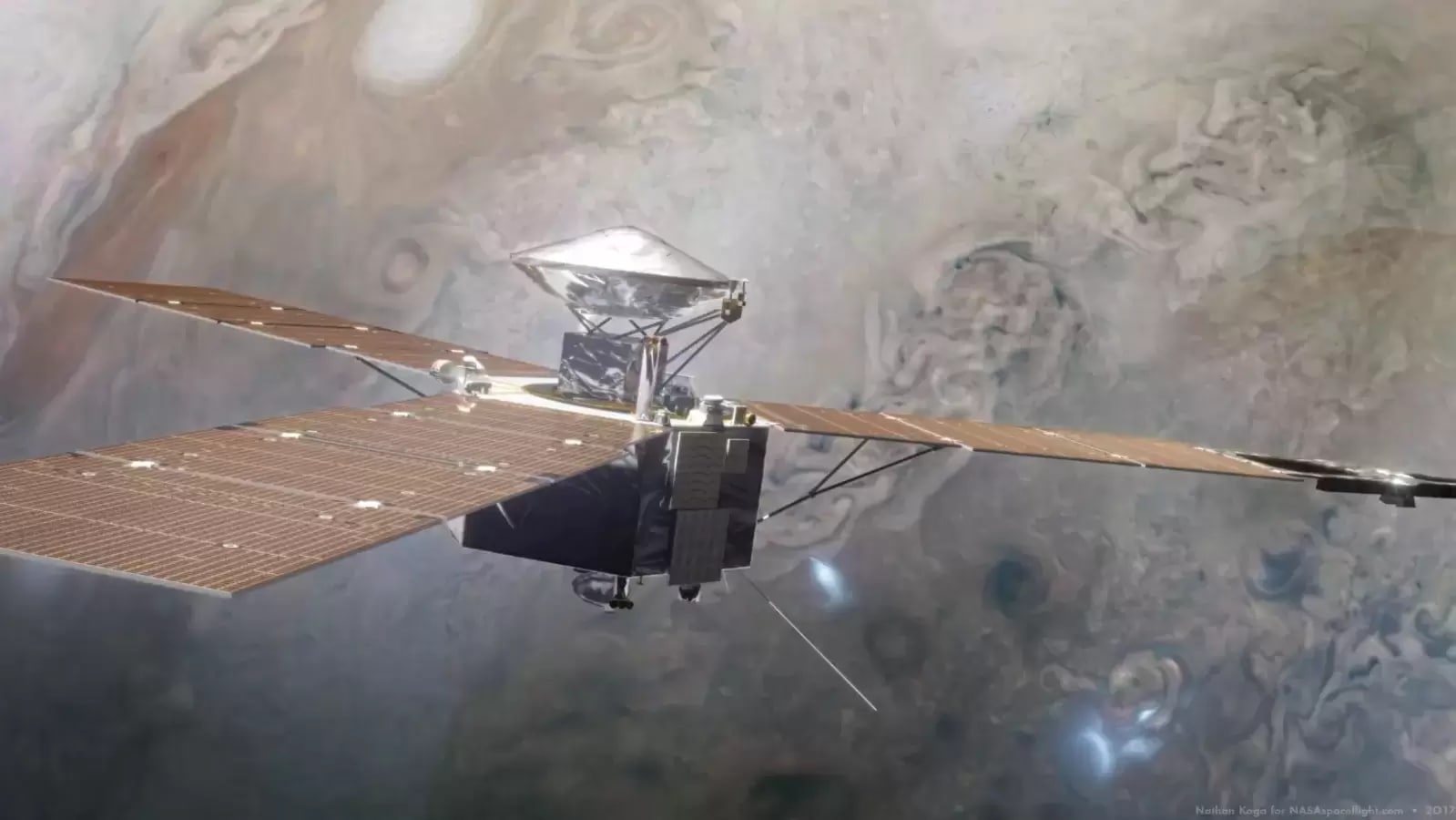
 View all Images
View all Imagesater is the life-force behind every living being on the planet. Without water, there is no life. But what happens one day when this limited resource runs out? Do we simply perish or do we find another planet which has this very important resource? All these questions seem just theoretical now but someday a situation might occur when there's no water on Earth. We're in luck as NASA's Juno probe is all set to conduct a close flyby of one of Jupiter's moons which has more water than Earth, according to scientists.
The Juno Probe will reportedly make a very close approach with Europa, which is one of Jupiter's moons on September 29. This has got the scientific community excited as the Juno probe will send data and images back to Earth following its close encounter. Scientists say that the probe will get as close as 350 kilometers from the moon's icy surface. NASA is also planning a lunar mission to Jupiter called Europa Clipper Mission during which scientists will investigate Europa for potential habitable conditions. The mission is expected to launch in 2024.
What is NASA's Juno Mission?
NASA's Juno Mission is a long-term mission to understand the weather and the dynamics of the largest planet in our solar system, Jupiter, which will allow further understanding of the behaviour of different exoplanets in different solar systems. The Juno probe entered Jupiter's atmosphere in 2016 and has been orbiting the planet ever since, making exciting discoveries about the planet.
Back in July, the Juno probe flew by Jupiter for the 43th time and captured stunning images of the planet and gigantic storms near its North pole. These images were sent to Earth where scientists recreated the images based on the JunoCam instrument.
NASA has warned that the Juno spacecraft is in good condition at present, despite its extended mission, but will have a limited lifespan due to having absorbed heavy amounts of radiation from Jupiter.
Catch all the Latest Tech News, Mobile News, Laptop News, Gaming news, Wearables News , How To News, also keep up with us on Whatsapp channel,Twitter, Facebook, Google News, and Instagram. For our latest videos, subscribe to our YouTube channel.





























